Garden Show Tips: Expert Advice for a Blooming Display
Garden shows are a delightful way to dive into the world of horticulture. They offer opportunities to explore vibrant floral displays, innovative garden designs, and the latest trends in gardening.
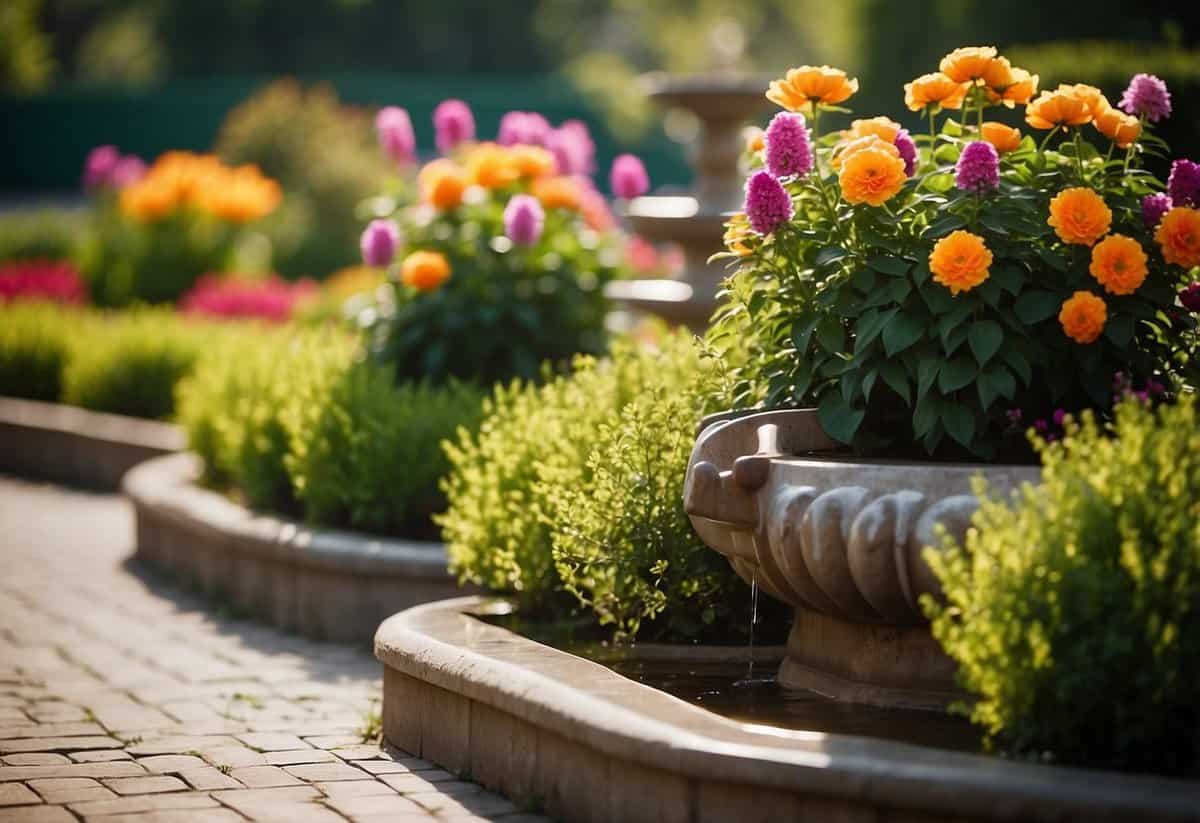
Whether you’re a seasoned gardener or just starting, attending a garden show can provide valuable insights and inspiration. What can you do to make the most of your time at a garden show? This article will guide you through simple tips to enhance your experience and make your visit enjoyable and educational.
1) Plan Early and Stick to It

Start planning your garden months before the actual garden show. List the plants you want to showcase and map out your garden layout. Early planning helps you stay organized and ensures you have everything ready when the time comes.
Once you have your plan, don’t deviate. Stick to your schedule for planting, watering, and maintaining your garden. Consistency is key to a beautiful display.
2) Research Your Plant Choices

Before picking plants, understand your garden’s light conditions. Some plants need full sun while others do better in partial or full shade.
Check the mature size of plants to avoid overcrowding. This helps ensure each plant has enough space to grow.
Understand your soil conditions, including pH level and drainage, to choose plants that will thrive.
Research flowering periods and foliage colors to create a garden that blooms throughout the year.
Learning your gardening zone is important for plant care. It helps you know the best planting times and how to protect plants from frosts.
3) Incorporate Native Plants

Start by choosing plants native to your region. These plants adapt well to local climates and soils, making them easier to maintain.
Group native plants in clusters. This mimics their natural growth patterns and enhances garden aesthetics.
Consider hardscape elements like stones and benches. They add structure and year-round interest.
4) Create Eye-Catching Displays

Using color is a simple way to make your display stand out. One dominant color can create an instant impact. Colors can also tell a story or evoke emotions, like using pastel colors for an Easter theme.
Lighting is also crucial. Aim the light towards the center of the display from multiple angles to highlight your items.
Create focal points within your garden display. A fountain, birdhouse, or a piece of garden art can draw attention and provide a resting spot for the eyes.
5) Engage with Demonstrations

Hosting live demonstrations at your garden show booth is a great way to catch people’s attention. Show visitors how to plant, prune, or water properly. It makes learning fun and interactive. People are more likely to remember what they see and do.
Use props and real plants to make your demos engaging. For example, demonstrate how to set up a native plant demonstration garden. This can inspire visitors to try it at home.
6) Visit Vendor Booths for Deals
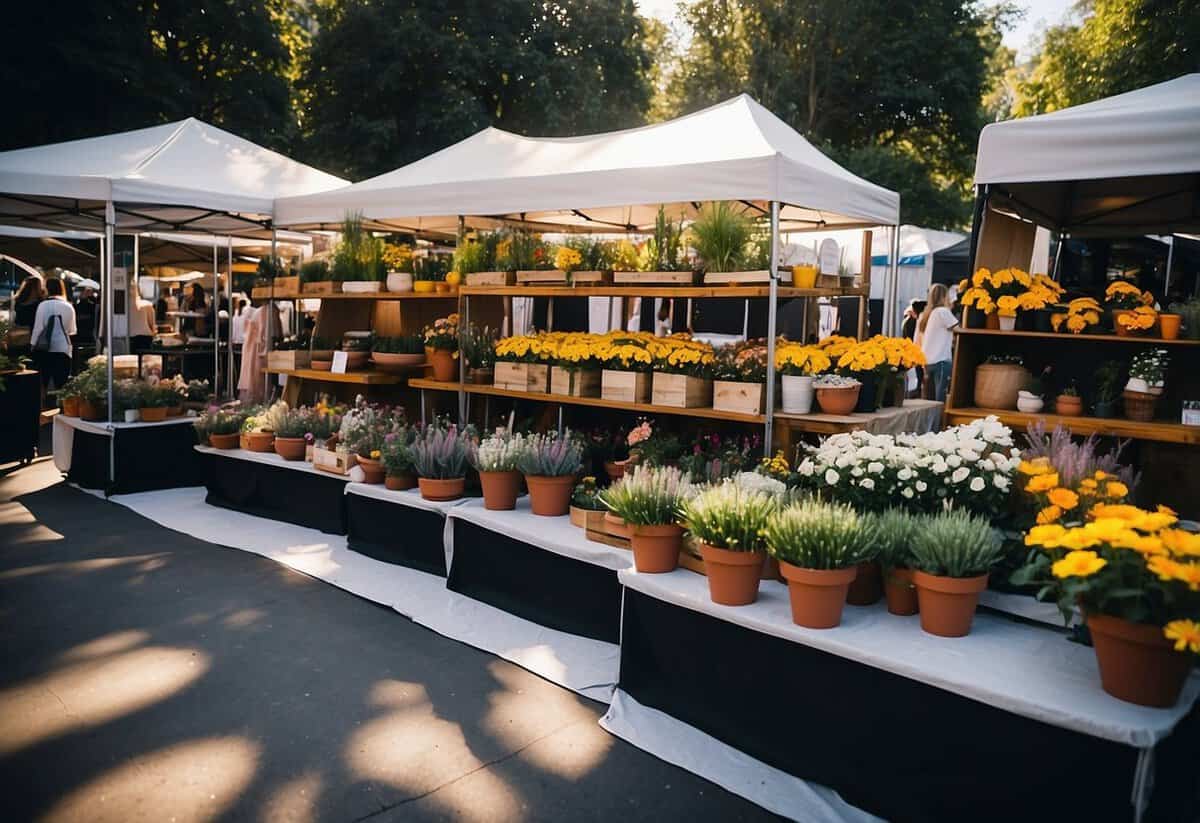
When you attend a garden show, make sure to visit the vendor booths. These booths often have special deals on gardening tools, plants, and decorations.
Engage with the vendors. You might find unique items not available in stores. Sometimes, they offer discounts or bundle deals that are too good to pass up.
Look for interactive booths. They are more likely to have promotions, giveaways, or contests where you can win garden-related prizes. This adds a fun element to your shopping experience.
Happy gardening and enjoy the deals!
7) Take Advantage of Workshops
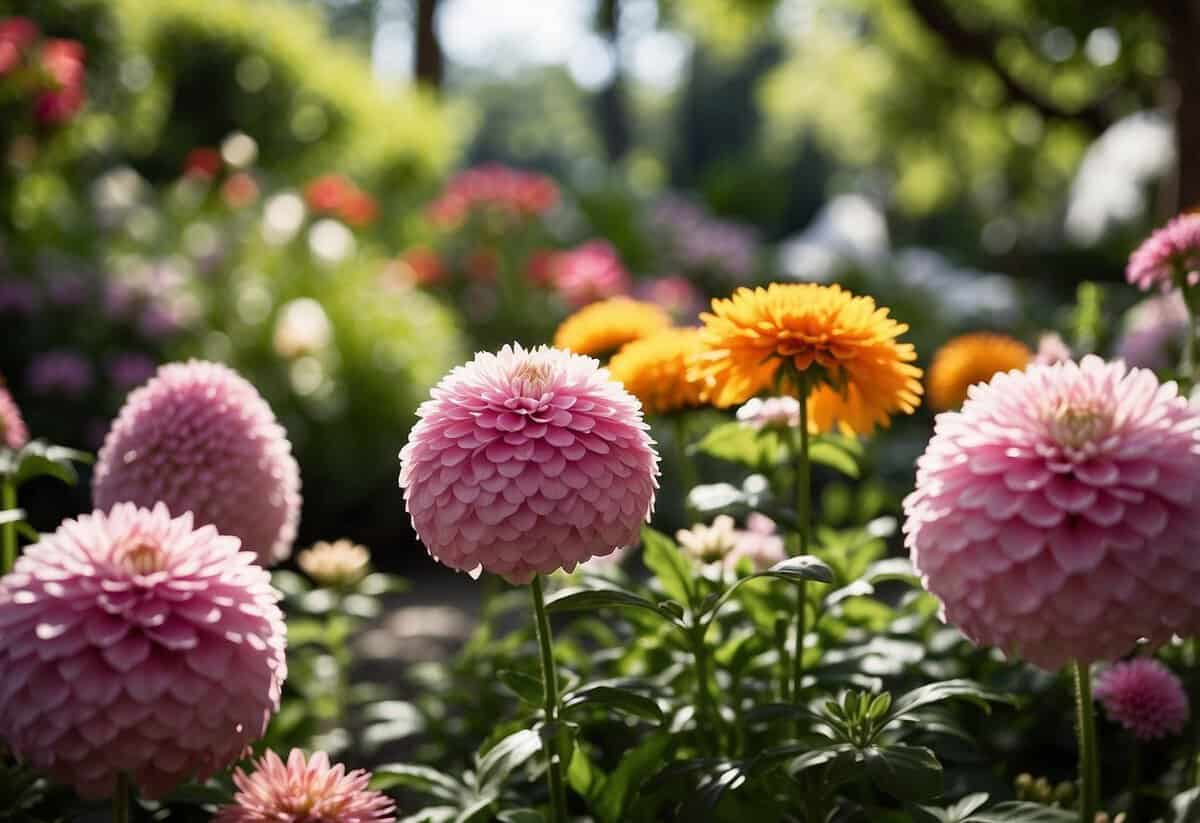
Workshops at garden shows offer lots of helpful information. They are a great way to learn new gardening techniques and tips.
Make sure to check the schedule ahead of time. This will help you plan and not miss any interesting workshops.
Participating in workshops can give you hands-on experience. You’ll be able to ask questions directly to experts.
8) Snap Photos for Inspiration

Take photos of the plants and flowers you find at the garden show. Capture different parts like leaves, flowers, and fruits. Showing vein patterns and shapes can be very helpful. Use macro photography to get close-up shots.
Try different angles and views to highlight texture and lighting. Use shadows creatively. Remember, even simple tools like coins can be used for scale in your photos. This will make your photos more informative.
9) Talk to Experts
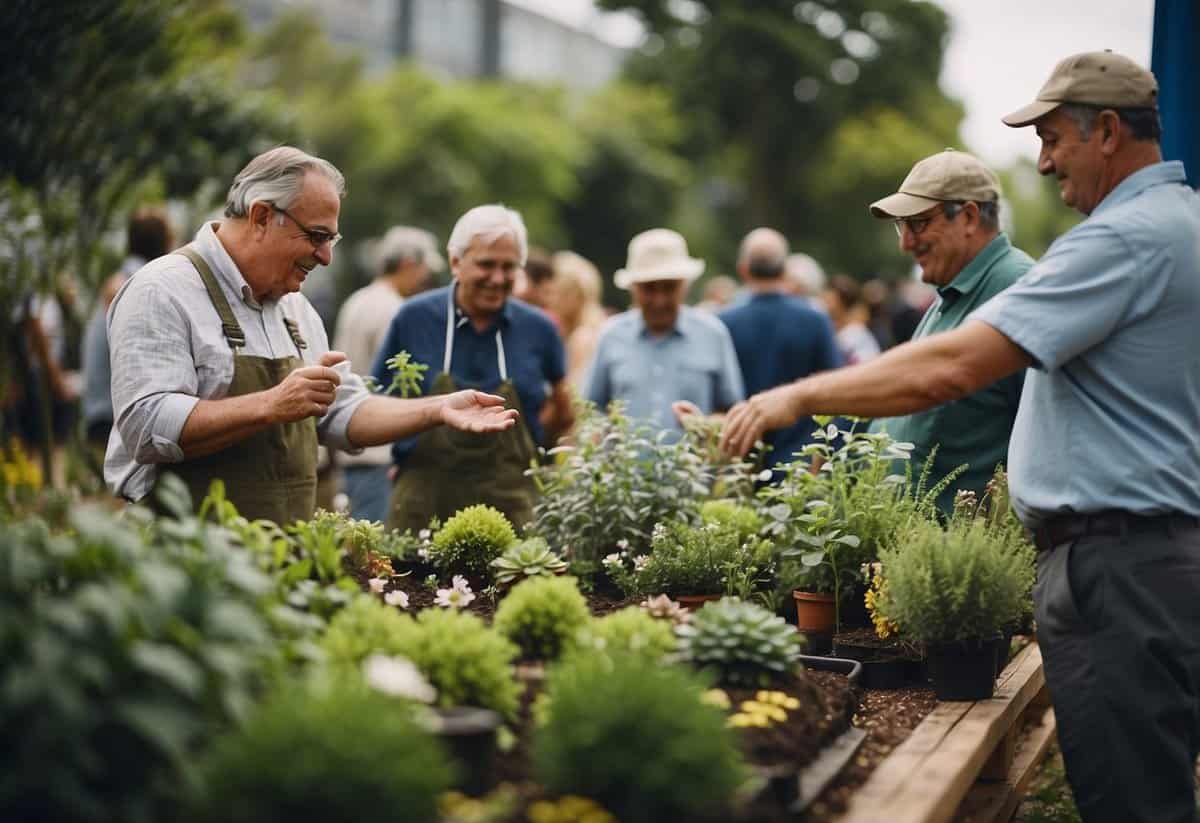
Talking to gardening experts can make a huge difference in your gardening journey. They have years of experience and can offer you valuable tips and tricks.
You can find experts on gardening radio shows and podcasts like Gardening Talk Radio Show. They often answer questions and share their best advice live.
Another great option is to watch free webinars, such as those offered by the National Garden Bureau, where you can learn directly from top professionals.
Ask local experts at garden clubs and community events. They have insight into your area’s specific gardening challenges and advantages.
10) Join a Garden Club
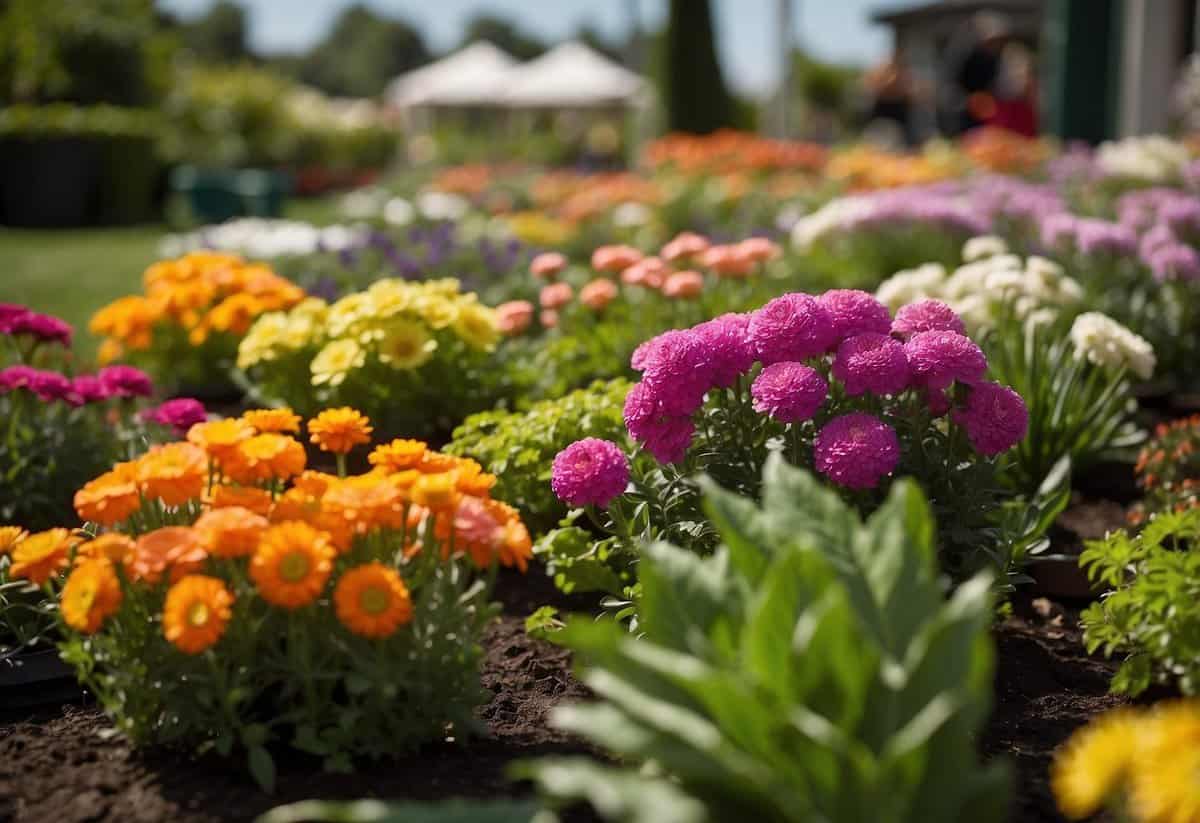
Joining a garden club can be a great way to learn and share gardening tips. You can meet people who have the same interest in plants as you do.
Clubs often have workshops on topics like seed starting and composting. These sessions help everyone, no matter how much gardening experience they have.
You can find clubs in your area by checking local libraries or community centers. To get started, visit this guide on starting a garden club or learn how to join a club.
Preparing Your Garden for a Show

Getting your garden ready for a show involves careful plant selection and thorough soil preparation. It’s essential to choose plants that will thrive and look their best for the event, and to ensure the soil is rich and well-nourished.
Choosing the Right Plants
Select plants that are known for their showy blooms or unique foliage. Roses, tulips, and dahlias are excellent choices for their vibrant colors. Plants with variegated leaves like hostas can add visual interest.
Think about the timing of your show. Flowering plants should be at their peak bloom. Choose plants that are healthy and free from pests. Companion planting can help, as some plants naturally repel pests.
Arrange plants to create layers, with taller plants at the back and shorter ones in the front. This will give your garden depth and make it more visually appealing. Consistency is key; stick to a color theme or plant group to avoid a disorganized look.
Soil Preparation and Fertilization
Good soil is the foundation of a thriving garden. Start by testing your soil’s pH and nutrient levels. You can get a soil test kit from a garden center. Once you know what your soil needs, you can amend it with compost, manure, or commercial fertilizers.
Work the compost into the soil with a garden fork or rototiller. Ensure the soil is well-aerated and has good drainage. This is especially important for plants that don’t like “wet feet”.
Regularly apply fertilizer specific to the needs of your plants. Follow the instructions on the package to avoid over-fertilizing, which can harm your plants. For flowering plants, a phosphorus-rich fertilizer can promote more blooms. Water the garden deeply after fertilizing to help nutrients penetrate the soil.
Design and Layout Tips

When planning your garden design, focus on making your displays eye-catching and incorporating hardscapes to add structure and variety. This will ensure your garden stands out and feels well-organized.
Creating Eye-Catching Displays
Start by using a mix of colors, shapes, and heights to create visual interest. Potted plants can be moved around easily to change the look of your space. If you are working with a budget, you can add color and vibrancy to your garden for less than $100 by following these tips.
Use flowering plants in clusters rather than spreading them out. This creates bold blocks of color that draw attention. Consider using companion plants like marigolds with vegetables for a pop of color. You can also add unique elements like sculptures or trellises to catch the eye.
Adding evergreen hedges can create ‘rooms’ within your garden, making it feel structured and private. Don’t forget to create pathways bordered with wildflowers or other decorative plants. This not only guides visitors through your garden but also makes it look charming.
Incorporating Hardscapes
Hardscapes such as pathways, patios, and walls add both function and form to your garden. Start by planning where you need paths to make garden access easy. A bordered pathway down the middle of the garden can be a great way to guide the eye and provide structure.
Consider materials like brick, stone, or gravel for your pathways. Each adds a different texture and feel to your garden. Patios provide places to sit and enjoy the view, so think about adding comfortable seating or a dining area.
Decorative items like garden benches, birdbaths, and water features can be strategically placed to add interest. These items also create focal points that draw people’s attention. Use hardscapes to break up green spaces and add variety to your garden layout.
Maintenance and Upkeep

Maintaining your garden is essential to keep it healthy and vibrant. This involves regular watering, pruning, and managing pests and diseases to ensure your plants thrive.
Regular Watering and Pruning
Watering your garden consistently helps your plants grow well. Most plants need about an inch of water per week, either from rain or watering. Use a soaker hose or drip irrigation to deliver water directly to the roots.
Pruning is also key. Trim your shrubs and trees to improve air circulation, which helps leaves dry and reduces the risk of diseases. Make sure to cut dead or diseased branches with sanitized tools to prevent spreading infections. Keep an eye on your plants and prune them at the right time for their specific species.
Pest and Disease Management
Pests and diseases can cause serious damage to your garden. Keep an eye out for signs of trouble like yellowing leaves or chewed-up foliage. Regularly inspect your plants and remove any pests you find by hand or with insecticidal soap.
To prevent diseases, rotate your crops each year and remove plant debris that might harbor pests or pathogens. Proper spacing of plants also helps improve airflow and reduces the risk of disease. If you notice diseased plants, remove and dispose of them quickly to stop the spread. Always sanitize your tools to avoid transferring diseases to healthy plants.
By staying on top of these tasks, you keep your garden looking beautiful and thriving all season long.







